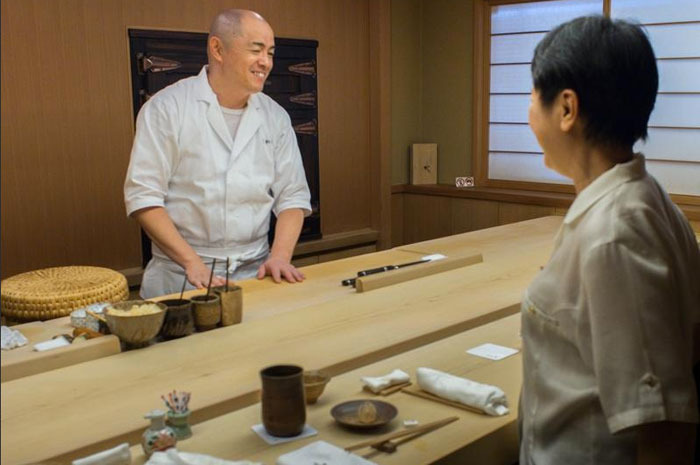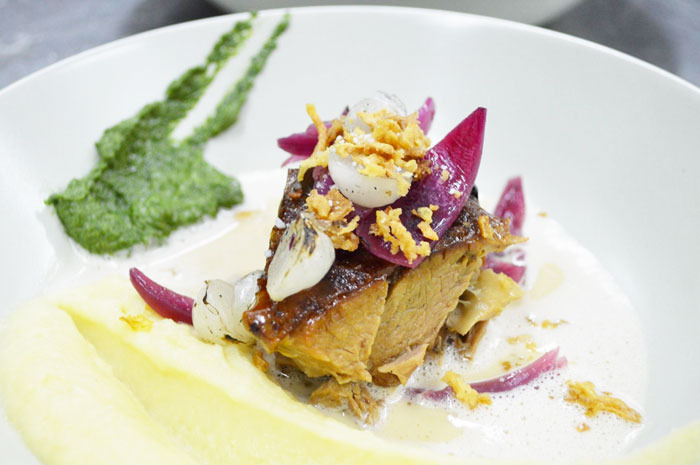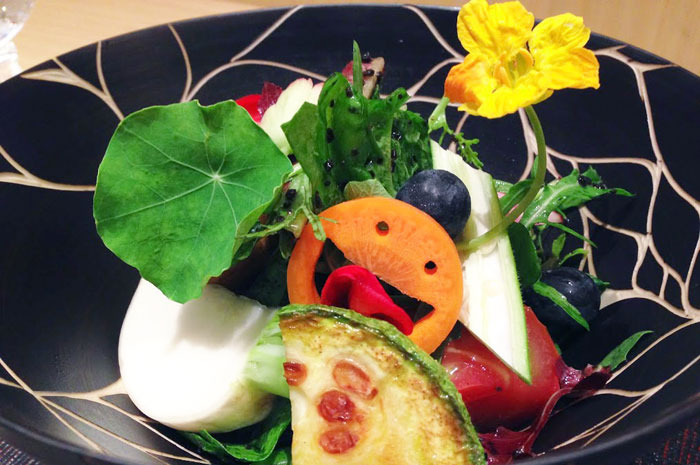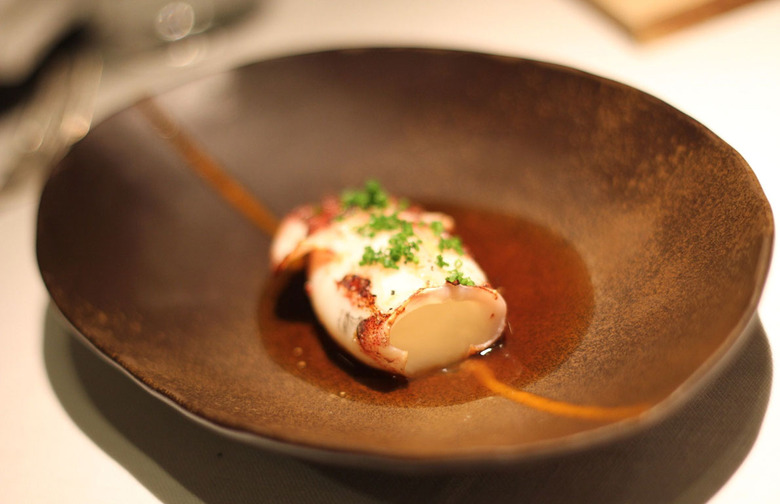10 Best Restaurants In Japan
Established in 1967, Aragawa is a high-end restaurant specializing in the finest cuts of meat (the name means "animal hide"). Accordingly, it has also been ranked as one of the priciest restaurants in the world: an average meal here could cost as much as $550 per person. The décor is rather tired and the food is presented very simply, with minimal adornment. Nonetheless, some gourmands find sheer perfection in the generous serving of Beluga caviar with toast and celery, the chilled scallops with cocktail sauce, and the restaurant's signature dish, a charcoal-broiled Sanda Kobe steak (only about 1,000 Sanda cows are raised a year) in various grades and sizes.
#9 Nihonryori RyuGin (Tokyo)
Seiji Yamamoto, chef–owner of RyuGin, was awarded three Michelin stars for 2013 for his interpretations of traditional Kyoto cuisine, celebrating seasonal ingredients with respect and skill (the establishment also ranks #33 on the San Pellegrino World's 50 Best Restaurants list). Some find the dragon-themed dining room on the plain side, but the food is anything but. There is a large à la carte menu, but the way to go here is to order the fixed-price menu, a constantly changing presentation of "Japan's richness on a plate." Expect such dishes as a "Joy of the Sea" sashimi platter, a seasonal shabu shabu hot pot, fresh local fish grilled over Bincho charcoal, an imaginative rice dish, and more. The knowledgeable, English-speaking staff will explain the nuances of the presentation, and the kitchen is accommodating to food preferences and allergies — though Yamamoto warns that if you don't want fish (or raw fish), don't like vegetables, are allergic to seafood-based stocks, or have bean or gluten allergies, the kitchen will not be able to "responsibly [prepare] dishes that we feel are satisfactory" and thus "cannot accept such reservations."
#8 Sawada (Tokyo)
Sawada is a seven-seat Ginza sushi bar that may just be the toughest reservation in the Japanese capital. Koji Sawada seduces guests with a three-hour omakase feast based around exquisite wild-caught seasonal seafood from all over Japan, some house-cured, some seared lightly. The intimate experience of dining here is never to be forgotten. Aficionados shake their heads in dismay at the thought that other Tokyo sushi emporiums have three Michelin stars, while Sawada has a mere two. New York chef David Chang has called this his favorite sushi bar in the world, and Mexico City (and New York) chef Enrique Olvera heads straight here whenever he's in Tokyo; it's easy to see why.
#7 L'Effervescence (Tokyo)
Helmed by chef Shinobu Namae, L'Effervescence offers diners in modern French fare with a Japanese twist. There is playfulness and creativity going into each dish Namae puts out, like his "idea of an apple pie," a fun remake of the fast-food apple pie at McDonalds, served in a little red takeout box. The filling of the pie is the twist: it changes from day to day, but instead of apple, the taste will be savory, and has featured flavor combinations such as wild boar, sage, and maitake mushrooms. Besides playfulness, Namae focuses on showcasing the best of organic produce in creative dishes such as whole cooked turnip with parsley oil emulsion, Basque ham, and brioche.
#6 Takazawa (Tokyo)
Yoshiaki Takazawa and his wife, Akiko, opened this place in 2005, behind an unmarked door in Tokyo's Akasaka District, as a two-table restaurant called Aronia de Takazawa. Two years ago, he doubled the number of seats (he can now accommodate 10 diners each evening) and shortened the name. The concept remains the same, though: Takazawa serves pricey multi-course menus in what might be called a contemporary kaiseki style, blending Japanese tradition with up-to-the-minute avant-garde technique. His most famous dish might well be a candlestick-shaped mold of foie gras crème brûlée with pear sauce. He makes a steak tartare with venison and uni instead of beef and egg yolk. Uni also becomes the sauce for "spaghetti" somehow formed from ground raw scallops. Takazawa is so proud of his raw materials that he often presents them (sometimes still alive) to diners before he cooks them — and he shocks diners with a dish of live baby fish swimming in broth.
#5 Ippudo (Fukuoka, Japan)
In Japan, ramen is almost a religion. And why wouldn't it be? You tuck in under a cramped counter where you could practically be kneeling and reverently raise a bowl to your bowed head with two supplicating hands, thanking higher powers for soul-satisfaction. The difference with this religion is nearly instantaneous wish gratification. Ramen is what fast food should be, and there are few ramen shops more highly regarded than Ippudo, the first example of which was opened in the Fukuoka, in southwestern Japan, in 1985. There are now more than 40 outposts of Ippudo around Japan, under the direction of "Ramen King" Shigemi Kawahara — who took that title after three consecutive first-place best-ramen wins on Japanese TV — but the Fukuoka original is good enough to draw hungry ramen-lovers to this far-flung corner of the country. The essential dish: a delicious, satisfying bowl of nuanced tonkotsu (pork-based) broth dressed with gloriously filling noodles and various other savory accents.
#4 Den (Tokyo)
To say that chef Zaiyu Hasegawa's restaurant is hard to find isn't understatement, it's... well, let's put it this way: you can have the exact address written on a card for a taxi driver and have the location plugged into your GPS, and you still may not be able to find it — and the guys who work just down the street won't know where it is either. But persistence is a virtue when it comes to Den, opened in Chibuya in 2008. Located in a little pedestrian alleyway next to a 7-Eleven and marked only by a small wood sign, Den is a multi-course, set-menu bonanza of seriously good food and playful cheekiness. A leaf holding a huge dewdrop covers one dish; a Kentucky Fried Chicken box with the chef's own visage contains a fried chicken wing stuffed with umeboshi plums, sticky rice, and shiso; the meal may all end with a gardening spade covered with a "dirt" dessert. Make sure you don't miss the thinly sliced Kuroge beef from Kyushu, served practically melted into roll-your-eyes-perfect bamboo-shoot rice. Chef Hasegawa may have been downgraded this year by Michelin from two stars to one, but he certainly has lost nothing when it comes to friendliness and hospitality — nor has he lost his sense of humor, something that becomes clear when he serves coffee in "Star Comeback" mugs, with his face superimposed on the Starbucks logo.
#3 Narisawa
You can guess at what to expect when you enter this calm, bright dining room with its well-spaced white-clothed tables, its beautiful glass plates with the name of the restaurant etched into them, and the cylindrical dough-filled mini-oven perched at the edge of each table that nobody explains (but that you can guess correctly will produce an amazing bread course, literally baked tableside): a precisely executed, exquisite meal, full of subtle, imaginative touches. Chef Yoshihiro Narisawa studied extensively in Europe and employs classic French techniques using Japanese ingredients. Fresh uni gelée, cuttlefish topped with a sauce made with liquid nitrogen, an oyster smoking under a bell jar, Kobe beef coated to look like a giant truffle — these are just some of the memorable dishes you may be served before the masterful mini-macaron and perfect French-pastry-laden dessert cart. The San Pellegrino World's 50 Best Restaurants list ranks Narisawa at #14.
#2 Ishikawa (Tokyo)
A Michelin three-star establishment behind the Bishamon-dō temple in Tokyo's so-called geisha district, Ishikawa is a showcase for the talents of its eponymous chef–owner Hideki Ishikawa. Known for his modesty and concern for his customers, Ishikawa eschews modern culinary trickery and composes daily-changing menus from first-rate ingredients which he treats simply and with great skill. His past triumphs have included bamboo-shoot dumpling soup with wakame seaweed; steamed rice with clams, sea urchin, and wasabi blossoms; quail and wild mushroom shabu shabu; and a deep-fried "sandwich" of sea bream and monkfish liver between thin slices of lotus root.
#1 Sukiyabashi Jiro (Tokyo)
Jiro Ono still dreams of sushi (as the title of a 2011 film about him suggested). He was the first sushi chef to earn three Michelin stars, and has repeatedly been hailed as the best sushi chef in the world — yet at 90, he says "Even at my age, I haven't reached perfection." His 10-seat, modest-looking, sushi-only restaurant, hidden away in a Ginza subway station, has become a gastronomic shrine of international repute. Reservations are hard to come by, and the price is steep — more than $300 per person for an omakase 20-piece sushi repast that is typically over in about half an hour! Is it worth it? True sushi fanatics say yes, without a doubt, for the quality of Ono's fish and rice to his unfailing skill at preparing them. If you, too, dream of sushi, this may be the best restaurant experience of your life.
10 Best Restaurants in Japan
Japan is one of the world's great destinations for food lovers.

